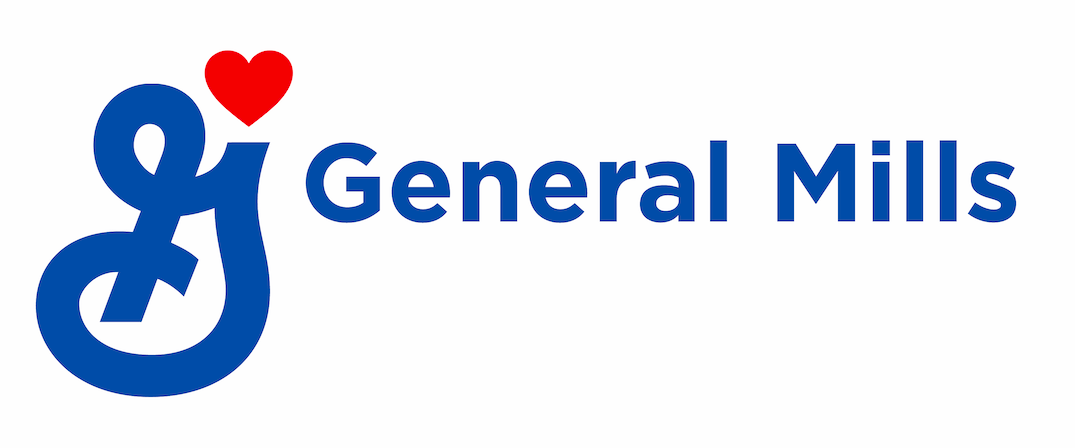Key Learnings in Sustainable Water Stewardship
As a company, water stewardship has been a key pillar of our sustainability mission for years. In the last year, I’ve been fortunate enough to observe firsthand the evolution of our water stewardship strategy. I’ve also watched the culture of water stewardship evolve beyond our corporate hallways to new heights of impact.
Everyone working in water stewardship is engaged in on-the-job training and that influences how we work together. As the world celebrated World Water Day yesterday, March 22, I thought I would take some time to reflect on a few things we’ve learned about building a sustainable water stewardship strategy at General Mills.
Take time to dive deep.
Like many companies, General Mills’ focus on water first began within our own facilities, and this remains a focus area today. Currently, our goal is to reduce our water usage by 20 percent by the end of our 2015 fiscal year. We’re doing this by looking for opportunities to increase efficiency and recirculating water for reuse rather than disposal. We also work hard to always ensure that water leaving our facility meets all environmental and regulatory requirements. Often, it leaves the plant cleaner than when it came in.
However, as we dug deeper into our supply chain, we learned that ninety-nine percent of the water consumed to create and distribute our products occurs outside our direct operations. The reality was that the watersheds we continuously access to meet the needs of our facilities also support demands from agriculture, municipalities and other industries. We knew addressing these larger watershed issues would require more resources.
Thus, we partnered with The Nature Conservancy (TNC) to formulate and implement our collaborative global water stewardship strategy. In 2012, we completed a global water risk assessment of all General Mills plants and growing regions in partnership with TNC. These assessments build on our supply chain risk analysis work with the World Wildlife Fund from 2010, giving us a clear picture of the most at-risk watersheds within our supply chain and allowing us to develop sustainable strategies for improvement. And today, we are working with TNC to conduct deep analyses of our most at-risk and material watersheds in the world.
Collaboration is key.
Recognizing the many parties with a stake in the health of our company’s most at-risk watersheds, we know significant collaboration is required. Perhaps the most important thing we've found on this journey is that other companies and organizations see the need to partner in the effort, too. Many companies have very strong water stewardship programs in their own right and together, we have the opportunity to make a greater impact on equitable water security and conservation.
Recently, I have been fortunate enough to be a part of a nascent collaborative group composed of food and beverage companies as well as NGO's, all of whom have a stake in water stewardship in California. The collaborative –called the California Water Action Collaborative (yes, the acronym is fitting for a waterfowl, and for a water group) has the objective of identifying overlapping areas of water stewardship interest and action in California so that we can scale success faster and with more impact.
I and other members of CWAC met face to face for the first time earlier this month. We took time to tour tomato fields and wildlife preserves throughout central California and discuss opportunities for collaboration or best practice sharing. Following this first meeting, we kicked off small work groups focused on several concrete objectives – including conservation actions and efforts to develop resources for water managers in the state – which are already off and running. I am bullish about the learnings and opportunities that will come from this collaboration.
We’ve made other efforts to drive collaboration in the last year. Last April, we became Founding Partners of the Alliance for Water Stewardship, supporting their efforts to advance a global standard for water stewardship efforts. Later that year, in November 2014, General Mills endorsed the CEO Water Mandate, a unique public-private initiative of the UN Secretary-General, designed to assist companies in the development, implementation and disclosure of water sustainability policies and practices. And, most recently, we announced our involvement in the Ceres Connect the Drops Campaign, a coalition of many industries that have a crucial stake in the health of California's water supply, to promote policies that allow communities, businesses, farmers and ecosystems to thrive.
One size does not fit all.
While one fact is universal – you can't grow crops without water – the reality of delivering that water varies from location to location.
We’ve learned firsthand in our work with TNC that each and every watershed or aquifer requires a unique approach to conservation and stewardship. In fact, there are a variety of factors to consider within each individual watershed – from the hydrology of the aquifers and their interaction with surface water; to the varieties of crops grown in the area; to understanding what other organizations, citizens or industries access that same watershed; to understanding the natural ecosystems that depend on that water.
Every day that I work in this area I learn more. Some days I feel this challenge is too daunting, and I wonder how we are going to succeed. But in the end, I find great hope and inspiration in the people and organizations that are choosing to lean in to water stewardship with a new energy and new approaches, sharing what they are learning so we can all move forward faster.
In these collaborative approaches, I find the answer to the question of how we are going to succeed. And that’s together.



